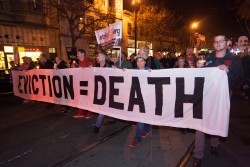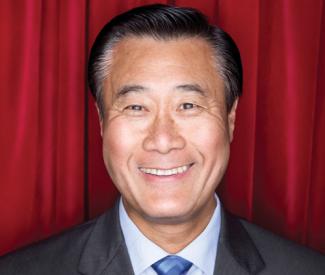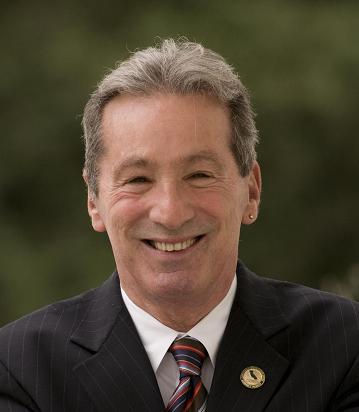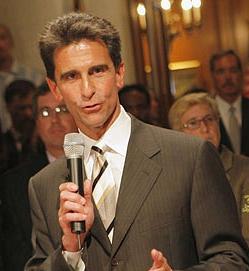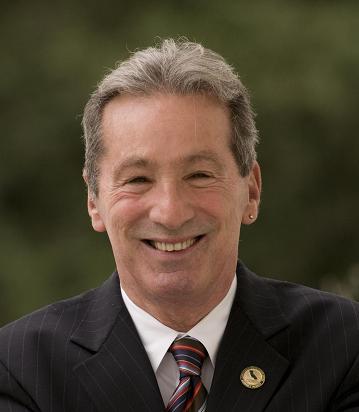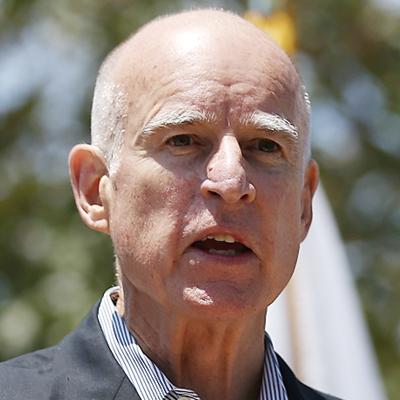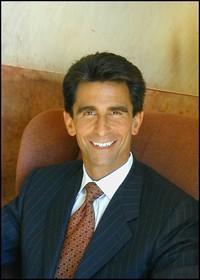The Board of Supervisors today (Tues/17) gave unanimous final approval to legislation aimed at giving renters in the city additional protections against being displaced by real estate speculators, and initial approval to legislation protecting tenants from harassment by landlords, both part of a wave of reforms moving through City Hall to address rising populist concerns about gentrification and evictions.
The anti-eviction legislation, created by Sup. John Avalos and co-sponsored by Sups. Eric Mar and David Campos, seeks to preserve rent-controlled and affordable housing by restricting property-owners’ abilities to demolish, merge, and convert housing units, three of the most common ways that affordable housing units are being eliminated in the city.
There was no discussion of the Avalos legislation today as it was approved on second reading, belying last week’s initial discussion, which got a little heated at times. “San Francisco is facing a crisis,” Avalos said last week as he conveyed the importance of passing the ordinance before the end of the year. “We’ve been called on by our constituents to declare a state of emergency for renters in the city.”
Last month, Campos held a high-profile hearing at the board on the city’s affordable housing and eviction crisis, and won approval for his legislation to double how much tenants being evicted under the Ellis Act receive. Today’s board meeting also includes a first reading of legislation by Campos to help protect tenants in rent-controlled apartments from being harassed by landlords seeking to force them out and increasing rents.
“We have heard about tenants being locked out of their apartments. We have heard about loud construction work being done…for the purpose of forcing the tenants out,” Campos said today of his legislation to allow targetted tenants to have complaints heard by the Rent Board rather than having to file a lawsuit. Later, Campos said the legislation sends the message “that is not something that is going to be tolerated in San Francisco.”
Campos’ legislation also received unanimous approval and little discussion, even by supervisors who generally side with landlords over tenants, perhaps including just more potent this issue has become. Board President David Chiu also today introduced a resolution to support his work with Mayor Ed Lee and Sen. Mark Leno to amend the Ellis Act at the state level, hoping to give the city more control over its rent-controlled housing.
Avalos last week said he is so convinced of the urgency of the current situation that he responded to concerns voiced during the Land Use and Economic Development Committee Meeting on Dec. 9 about how the new legislation would work in the cases of temporary evictions and residential hotels by immediately making amendments to the ordinance without objection.
Nonetheless, further questions arose during the Dec. 10 meeting. Sups. Norman Yee and Katy Tang expressed reservations about the legislation applying in the case of owner move-in (OMI) evictions.
“I would love to support the piece, but this part just doesn’t make sense to me,” Yee concluded. “I’m not getting how it hurts the tenants.”
While Avalos explained that OMI evictions still take affordable housing off the market, he agreed to compromise by reducing the ordinance’s 10-year moratorium on demolishing, merging and converting housing units to five years.
Then, Sup. London Breed spoke up.
“This might not be popular for me to say as a legislator, but I’m very confused,” she began. “I know we have this crisis of Ellis Acts around the city, but I really feel pressured, and that this legislation is being rushed. I can’t support something that I don’t completely understand the impacts of. I just need more time.”
While Breed did not have the chance to review the legislation before the meeting, she had found the time to prepare speeches about President Nelson Mandela’s passing last week and her alma mater Galileo High School’s recent football victory.
Concurring with Breed, Cohen stated, “I understand that we are in a crisis of protecting our rental stock units, but I’m hesitant. Connect the dots for me, how does this save rentals? Or conserve affordable housing? What are we trying to do here?”
Kim reprimanded her fellow board members for not attending the meeting prepared, then stated, “I would support moving the ordinance forward today. The situation we are facing here in the city is extremely challenging…and this legislation is one of the tools we have for it.”
Sup. Scott Wiener and David Chiu echoed Kim’s support, commending Avalos for promptly addressing their former issues with his amendments and additions.
When Cohen used her time on the floor to respond to Kim’s admonition by stating, “I certainly do my homework. I don’t want to be made to feel bad for not getting it on the first time,” Campos suggested that it might be a good time to put the discussion on hold and open the floor for public comments.
While members of the community stepped up to the visitors’ podium, Yee and Campos met at the back of the room while Breed conversed with Sophie Hayward of the Planning Department, who had reviewed the ordinance before it was presented for recommendations. After further discussion with Avalos himself, Yee returned to his seat to speak with Tang. Satisfied with what she learned from Hayward, Breed came over to discuss the ordinance with Campos and Avalos. Cohen remained seated for the duration of the time, speaking with no one.
After the conclusion of public comments, Avalos reiterated the importance of passing the ordinance as soon as possible. “We have been called on by scores, hundreds of people, to preserve this stock,” he stated. “This legislation will help keep families in San Francisco.”
The ordinance was passed unanimously in its first reading, but the fight is not over. Breed for one made it clear that, while she understood the ordinance better after her preceding discussions, she was only giving it her support because she knew the legislation would be up for further review in a week, when all the supervisors will have had time to study it more closely.
With the affordable housing and displacement issues only generating more heat in the last week, today there was only prompt, unanimous approval and no discussion.

